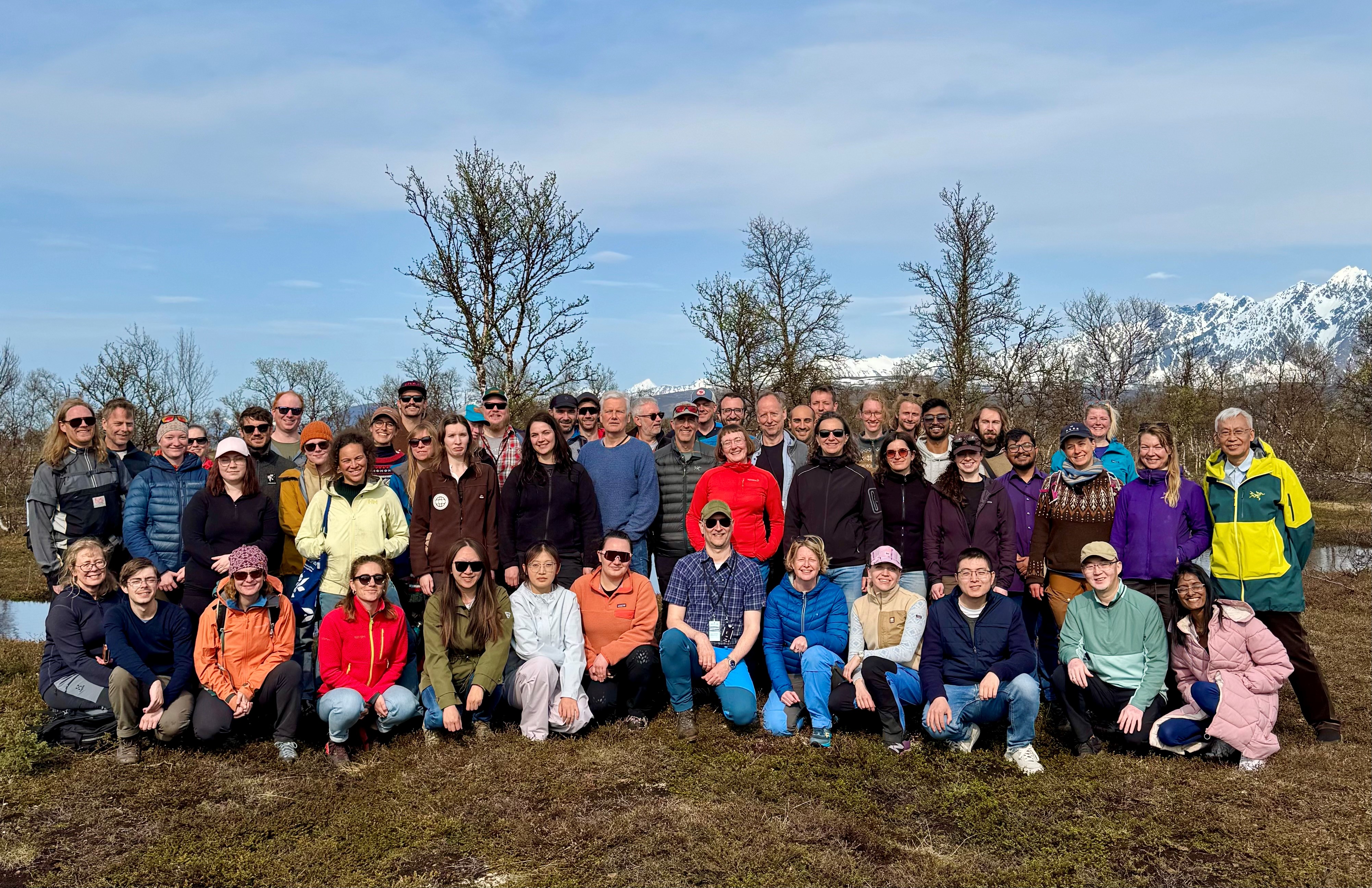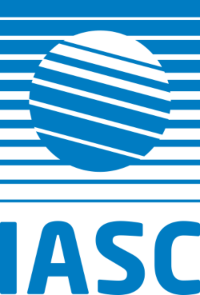The 6th International PalaeoArc conference (PalaeoArc 2025) gathered 78 participants from 16 IASC countries, half of whom were Early Career Scientists (ECSs). The scientific schedule included two stimulating days of oral and poster presentations, separated by an energizing and engaging mid-conference excursion.
PalaeoArc is an international and interdisciplinary research network bringing together scientists from different backgrounds, career stages, and disciplines. The aim of the network is to better understand Processes and Palaeo-Environmental changes in the Arctic: From Past to Present, focusing on 1) Arctic ice sheets, ice shelves and glaciers, 2) high latitude oceans and sea ice, 3) the terrestrial environments and ecosystems, and 4) the climatic response to, and interaction between, these parts of the Arctic system.
At the heart of the network is the annual meeting, working as a key forum to present new findings and stimulate discussion. The aims of PalaeoArc 2025 were to facilitate exchange of knowledge within the Arctic climate science community, cultivate and deepen collaborative relationships, foster the next generation of polar science leaders, and to discuss the direction and remit of the network over the next 5 years.
 With the participation of 78 Arctic climate scientists from 16 different countries, representing over 30 institutions, the conference was successful in bringing the research community together. A total of 28 oral presentations and 30 poster presentations were given, covering a variety of disciplines and settings across the Arctic. The PalaeoArc 2025 Abstract Book showcases the breadth and depth of ongoing research within the network – all with the common goal of improving our understanding of climatically-induced environmental changes in the Arctic.
With the participation of 78 Arctic climate scientists from 16 different countries, representing over 30 institutions, the conference was successful in bringing the research community together. A total of 28 oral presentations and 30 poster presentations were given, covering a variety of disciplines and settings across the Arctic. The PalaeoArc 2025 Abstract Book showcases the breadth and depth of ongoing research within the network – all with the common goal of improving our understanding of climatically-induced environmental changes in the Arctic.
The PalaeoArc network has a tradition of being an open and inclusive community, encouraging knowledge exchange and interdisciplinary collaboration. The PalaeoArc 2025 conference was designed to ensure this tradition continued. The conference location was carefully selected such that the auditorium, poster room, and break locations were all co-located to ensure ease of socializing during each conference day. The program was designed with no parallel sessions, stimulating discussions between researchers from different fields of Arctic science. In addition to the scientific program, the participants were offered opportunities to discuss and exchange knowledge in informal settings such as the icebreaker, conference dinner, and excursion.
Early career representation is a key focus of the PalaeoArc research network, and about half of the conference participants were ECSc. Participation among students was high, accounting for 27 of the 78 registered participants. Of the 28 oral presentations, 8 were given by MSc and PhD students, and 14 of the poster presentations were given by students. In addition, one of the invited keynote talks was given by an ECS and 3 of the 8 scientific sessions were chaired by ECSs. Furthermore, the Norwegian branch of the Association of Polar Early Career Scientists (APECS Norway) hosted a lunchtime get-together on the first day of the conference, providing information on early career opportunities within the international Polar science community, as well as participated in the judging panel for the Best Student Presentation and Best Student Poster. Overall, this provided valuable opportunities for students and researchers in the early stages of their career to gain experience presenting and discussing their research, as well as to build and strengthen bonds with their peers.
Between the two full days of scientific sessions, the conference participants were invited to join a spectacular mid-conference excursion. Tromsø is nestled amongst mountains, fjords and islands, offering a wide range of landscapes highly relevant for the PalaeoArc community and its research themes. The excursion was fully booked and provided an excellent opportunity for participants to get to know each other and to discuss science in an informal setting. We visited key localities used to understand and explain climatically induced environmental changes during and after the last ice age, as well as enjoyed lunch and cinnamon rolls at the beach.
PalaeoArc 2025 marked the final event under the current steering committee. During the closing remarks, the incoming steering committee was announced, comprising 13 members from 11 countries. The new steering committee hosted a session during which all community members were asked to reflect on which aspects of the network that they value and any new aspects that they would like to see under the stewardship of the new steering committee. A wide range of input was provided, which will be used to formulate ideas for the future direction and remit of the network over the next 5 years. The outcomes from this consultation will be presented at the next network meeting to be hosted in Aarhus, Denmark in May 2026.
The PalaeoArc 2025 conference received financial support from the IASC Marine and Cryosphere Working Groups and from the Research Council of Norway. The IASC Cross-Cutting Funding was primarily used to lower the participation costs for Early Career Scientists. We were able to offer 18 rooms in the UiT guesthouse to students free of charge, and to pay for the conference dinner for 27 students. In addition, the funding allowed us to offer the mid-conference excursion for free to all participants joining the day trip and to significantly reduce the registration fee for all active participants. Together, these measures ensured maximum possible inclusivity and a variety of informal arenas for networking and discussion of science across disciplines and career stages.
Highlights
- Knowledge exchange within the Arctic science community. The interdisciplinary meeting brought together researchers from 16 countries to present and discuss ongoing research on past and present environmental changes in the Arctic.
- Strong ECS representation. Approximately half of the conference participants were Early Career Scientists, and PhD and MSc students gave 8 out of the 28 oral presentations.
- Identification of future priorities. The incoming steering committee hosted an interactive session to collect community input which will be used to help plan future activities and to guide the direction of the network over the next 5 years.
Date and Location
2 – 5 June 2025 | Tromsø, Norway
IASC Working Groups funding the project
- Cryosphere WG
- Marine WG
Project Lead
Sofia Kjellman (UiT The Arctic University of Norway, Norway)
Year funded by IASC
2025
